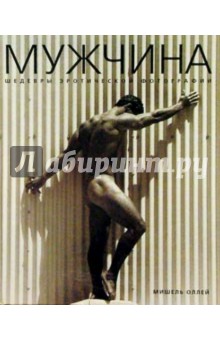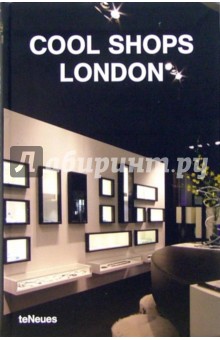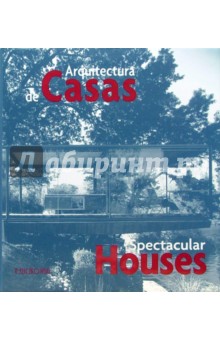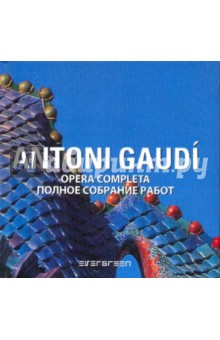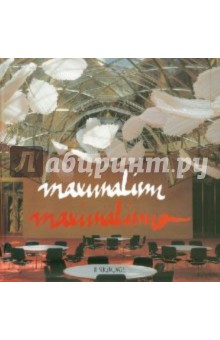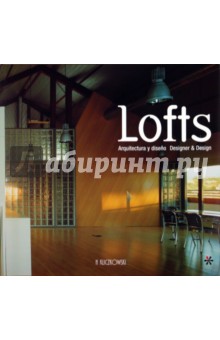О книге
This volume enters the spectacular spaces of the different Guggenheim museums around the world, with special attention to the one built in Bilbao and its surroundings, the pedestrian bridge and the Santiago Calatrava airport, the Palacio de Congresos. Containing an introduction with a brief description of the main protagonists, Solomon Robert Guggenheim, architect Frank Lloyd Wright, Peggy Guggenheim, Arata Isozaki, and the new Gehry project for New York. Architecture, design and full colour photographs.
Характеристики
Издательство:
Onlybook
Год издания:
2003-01-01
ISBN:
84-89439-53-2
Прочие издания
Издательство:
Onlybook
Год издания:
2003-01-01
ISBN:
84-96137-92-9
Отзывы
0Чтобы оставить отзыв или проголосовать, необходимо авторизоваться





 0
0 





